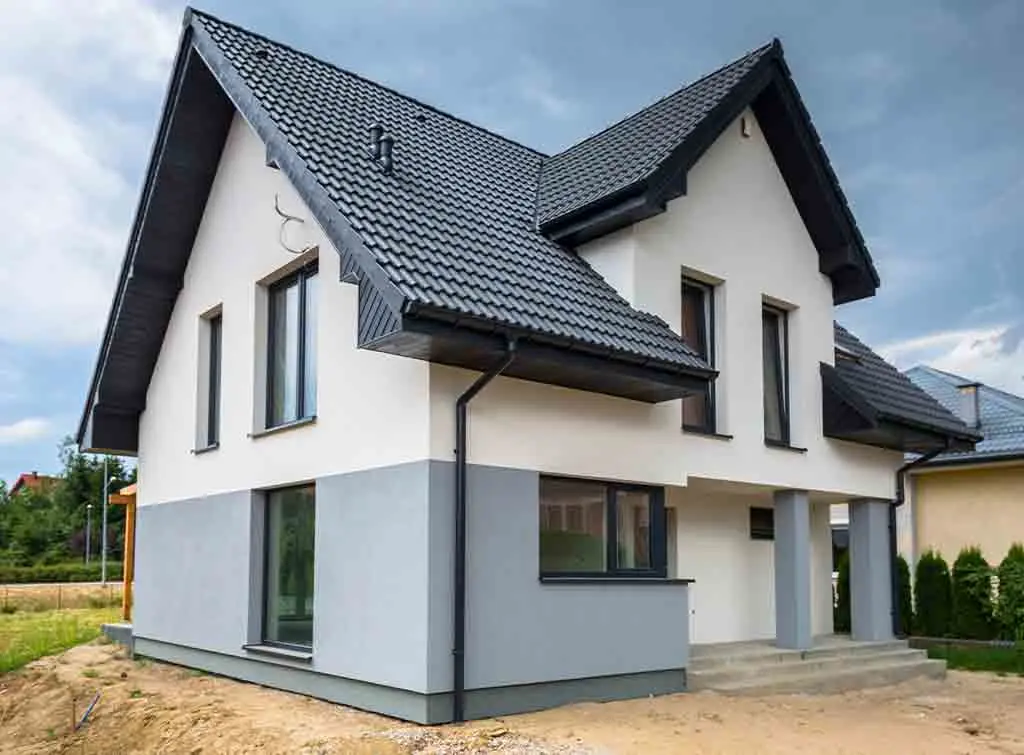When it comes to modern home improvement, Insulated Rendering is gaining popularity as one of the most effective ways to upgrade both the appearance and energy efficiency of a property. By combining thermal insulation with a decorative render finish, this technique offers a blend of style, durability, and practicality.
What is Insulated Rendering?
Insulated Rendering is a process where an insulating material, such as expanded polystyrene (EPS) or mineral wool, is applied to the exterior walls of a building. This is then covered with layers of protective render, creating a smooth, attractive finish. The system not only improves thermal performance but also enhances the external appearance of a property, making it look fresh and modern.
Key Benefits of Insulated Rendering
1. Improved Energy Efficiency
One of the main reasons homeowners choose Insulated Rendering is the significant reduction in heat loss. By wrapping the property in a thermal layer, the building retains warmth in winter and stays cooler in summer. This reduces reliance on heating and cooling systems, cutting energy bills and carbon emissions.
2. Enhanced Aesthetic Appeal
Beyond energy savings, Insulated Rendering transforms outdated or weathered walls into sleek, modern facades. It comes in a wide range of textures and finishes, allowing homeowners to personalize their property’s look without compromising performance.
3. Protection from Weather
The render coating acts as a shield against rain, wind, and frost. It prevents moisture penetration, reduces cracks, and increases the longevity of the building’s structure. For homes in areas with harsh weather, this added durability is a major advantage.
4. Noise Reduction
Some types of insulation used in Insulated Rendering also provide soundproofing benefits, reducing external noise and making indoor spaces more peaceful and comfortable.
Materials Commonly Used in Insulated Rendering
-
Expanded Polystyrene (EPS): Lightweight and cost-effective, ideal for improving thermal efficiency.
-
Mineral Wool: Fire-resistant and breathable, suitable for homes needing higher safety standards.
-
Phenolic Insulation Boards: Extremely efficient with a thinner profile, often chosen for limited space projects.
The Installation Process
Insulated Rendering typically involves several steps:
-
Wall Preparation: Cleaning and repairing existing walls.
-
Fixing Insulation Boards: Attaching insulation panels securely to the external walls.
-
Base Coat Application: Covering the insulation with adhesive and mesh reinforcement.
-
Render Finish: Applying a decorative render layer in the desired texture and color.
This process is usually completed by trained professionals to ensure maximum performance and a flawless finish.
Is Insulated Rendering Worth It?
While the upfront investment may seem higher compared to standard rendering, the long-term benefits make it a cost-effective choice. Energy bill savings, increased property value, and reduced maintenance costs all contribute to its growing popularity. Additionally, in many regions, eco-friendly upgrades like Insulated Rendering may qualify for government incentives.
Final Thoughts
Insulated Rendering is more than just a cosmetic improvement—it’s a smart, sustainable investment in your property’s future. By combining insulation with stylish finishes, it offers the best of both worlds: enhanced energy performance and a beautiful exterior. For homeowners looking to modernize their homes while reducing energy costs, Insulated Rendering is a solution that truly delivers.


